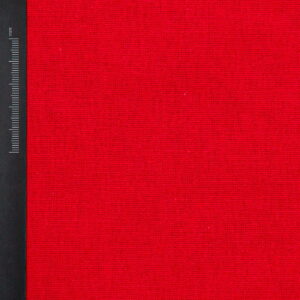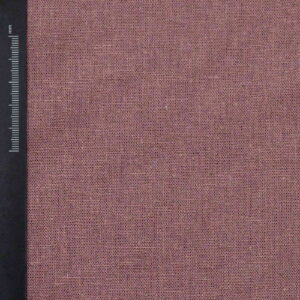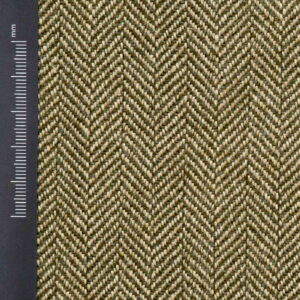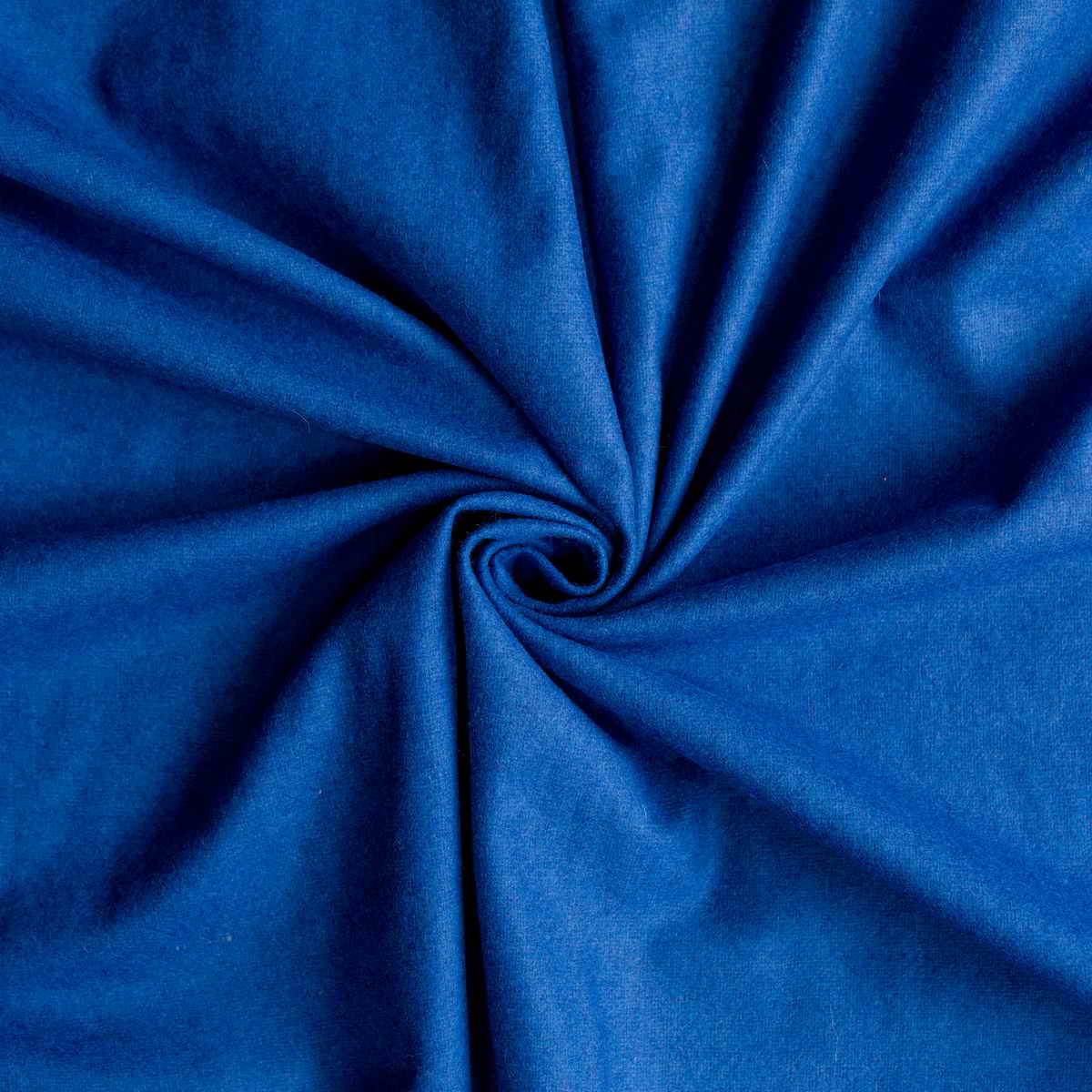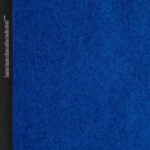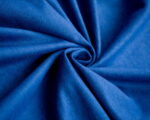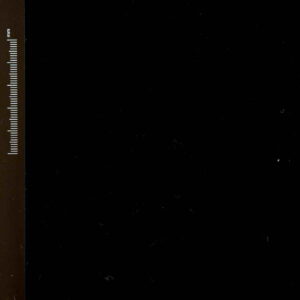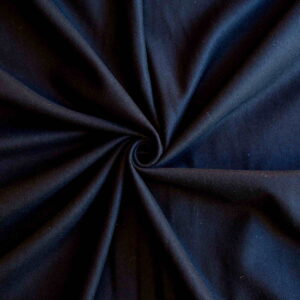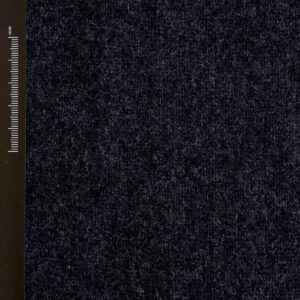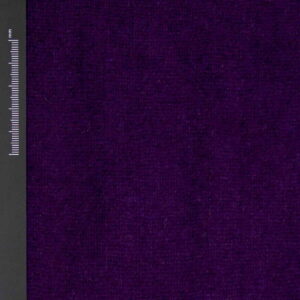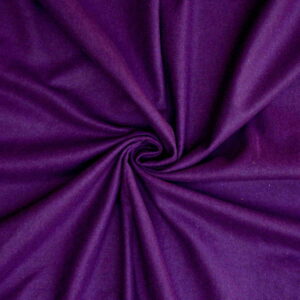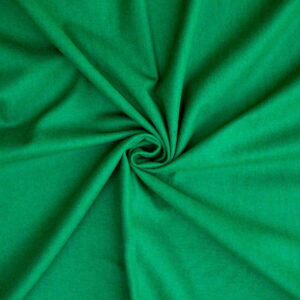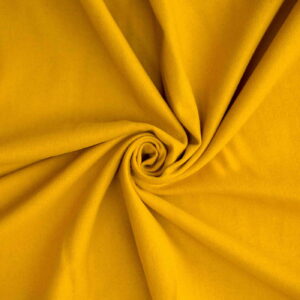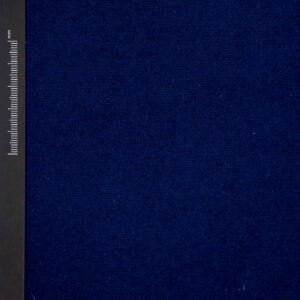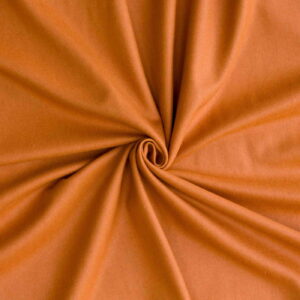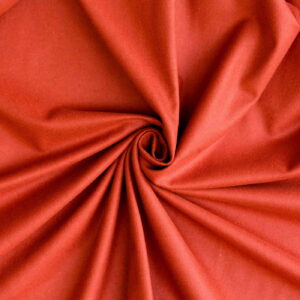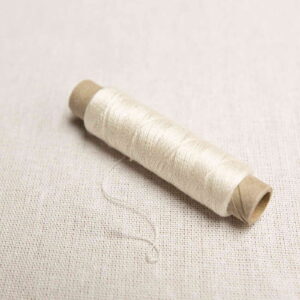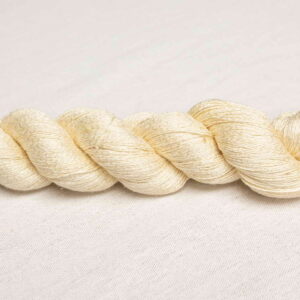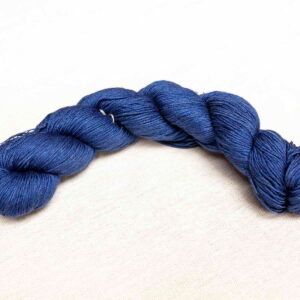Merino wool is a remarkable natural fiber that offers numerous benefits, making it a popular choice for various applications. Here are a few reasons why merino wool stands out:
- Exceptional Softness: Merino wool is incredibly soft and gentle against the skin, making it comfortable to wear for extended periods.
- Moisture Management: Even when damp, merino wool retains its insulating properties, making it ideal for both warm and cold conditions.
- Durability: Despite its softness, merino wool is surprisingly durable. The long, fine fibers make it more resistant to tearing and pilling compared to other types of wool.
- Versatility: Merino wool is a versatile material suitable for a wide range of applications. From clothing such as base layers, socks, and sweaters to bedding, blankets, and even athletic gear.
The plain weave, also known as the tabby weave, is one of the oldest and most fundamental weaving techniques in human history. The history of the plain weave can be observed across various ancient civilizations.
Archeological evidence suggests that the technique was practiced in ancient Mesopotamia as early as 4000 BCE. It then spread to Egypt and next to the all ancient world. Each culture brought its own variations and advancements to the technique, further refining its applications and capabilities.
During the Middle Ages, the plain weave continued to be a prevalent weaving method in Europe. The plain weave's simplicity and efficiency made it accessible to both skilled artisans and household weavers.
In the 18th and 19th centuries, with the advent of industrialization, the plain weave underwent significant transformations. The mechanization of the plain weave laid the foundation for the booming textile industry and played a pivotal role in the Industrial Revolution. Today, the plain weave remains a fundamental technique in the textile world.
Thin plain weave wool fabric is a lightweight and breathable material that can be used for a variety of purposes.
It is often used in modern clothing, such as suits, dresses, and skirts, due to its ability to drape well and hold its shape. It is also used to create historical projects, including dresses, stockings, but also LARP costumes or home decor, such as blankets and throws.
Its soft and cozy texture makes it ideal for creating warm and comfortable home accessories that can be used year-round. Overall, thin plain weave wool fabric is a versatile material that can be used for a wide range of purposes, from clothing to home decor.
Plain weave wool offers several advantages that make it a desirable choice for various applications.
- Durability: Plain weave wool fabrics are known for their durability and resilience. The tight structure of the plain weave creates a strong and sturdy fabric that can withstand wear and tear, making it suitable for long-lasting garments and textiles.
- Breathability: Wool itself is naturally breathable, and the plain weave enhances this characteristic. The open structure of the plain weave allows for air circulation, promoting breathability and preventing overheating. This makes plain weave wool fabrics comfortable to wear in a variety of climates.
- Insulation: Wool is known for its excellent insulation properties, and plain weave wool fabrics retain this quality. The natural crimp of wool fibers creates air pockets that trap heat, providing warmth in cold weather and coolness in summer. At the same time, wool can also help regulate body temperature, keeping you comfortable in changing conditions.
By combining the inherent qualities of wool with the advantages of the plain weave, plain weave wool fabrics provide a balance of durability, breathability, versatility, and comfort. These qualities make them a favored option for a wide range of garments, textiles, and home decor items.



